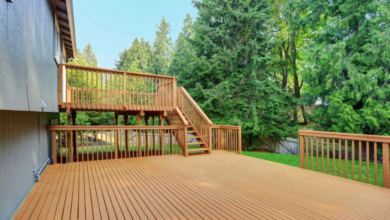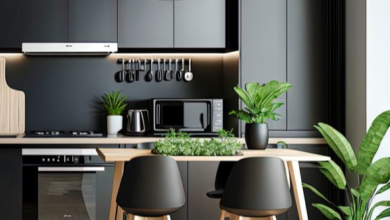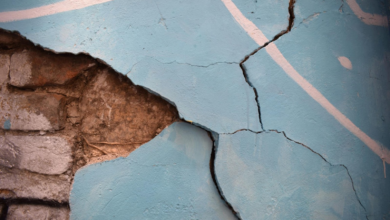Quick Method To Measure Paint For Your Project

Finding out how much paint you will need for a home repair project is among the most important chores involved. Calculating the correct paint quantity will save you time and money whether you are painting a wall, a room, a house overall, or another. Particularly considering various wall widths, paint types, and other factors, many individuals find this chore difficult. Still, the correct method makes it simple to figure out how to calculate paint needed. This article will walk you through the most rapid and effective way to measure paint for your project, therefore guaranteeing that you get exactly the correct quantity without waste.
Knowing Paint Coverage and How That Affects Your Calculations
Understanding paint coverage is the first step in determining your paint need. Most paint cans show the square footage one gallon’s worth of coverage. The type of paint and the surface you are painting will affect this. For instance, a gallon of paint usually covers roughly 350 square feet of smooth, level surface. High absorption textured walls or surfaces could call for extra paint. Knowing the area a gallon will cover can help you to modify the gallons required depending on your job.
You can figure the whole area to be painted after you know how much a gallon will cover. First, note the width and height of the areas you intend to cover. If you are painting walls, take note of their height and length. To find the area of any wall, multiply these two measurements. If you are painting windows or doors, deduct their measures from the overall area. This will help you project the surface area you must cover with paint more precisely.
See also: The Impact of AI on Live Streaming and Broadcasting
Calculating every surface’s area in your project
Breaking up your project into smaller pieces can help you to guarantee correctness. Start a room painting by first individually measuring the walls. For a room with four walls, for example, independently measure the height and length of every wall. This allows you to figure the area of every wall and then total them.
Subtract the measurements of windows and doors from the overall wall square footage. While windows vary, a normal window can span 15 to 20 square feet, standard doors run roughly 21 square feet. Subtraction of these from your wall measurements yields the correct area for paint coverage. This stage is crucial to prevent exaggerating the paint needed, therefore making sure you get just enough for your project.
Choosing the Type of Surface for Correct Paint Calculation
Regarding paint absorption, different surfaces are not all the same. The kind of surface you are painting might greatly affect the paint consumption. A smooth drywall surface, for instance, will call for less paint than a rough-textured wall. Painting over previously painted surfaces could call for more paint to produce a consistent finish or fix flaws.
Generally speaking, surfaces like drywall or wood absorb paint differently. Particularly in raw or unfinished form, wood may absorb more paint than smooth drywall. This element should be considered in determining the paint need. Furthermore, you could need additional coats if you are painting over a dark hue with a lighter shade, therefore raising the total paint demand. Always consider the surface type and any required preparatory activities, like priming, which could affect the paint needed amount.
Ultimately, figuring out how much paint your job calls for doesn’t have to be difficult. You can quickly and simply find out how much paint you need by knowing paint coverage, precisely measuring the space, and taking surface texture and number of layers into consideration. Making sure you get only the correct quantity of paint for your job will depend on applying the correct technique and considering waste as well. Therefore, keep these ideas in mind when you wonder how to calculate paint needed it will help you to be ready to handle any painting project quickly and successfully.





